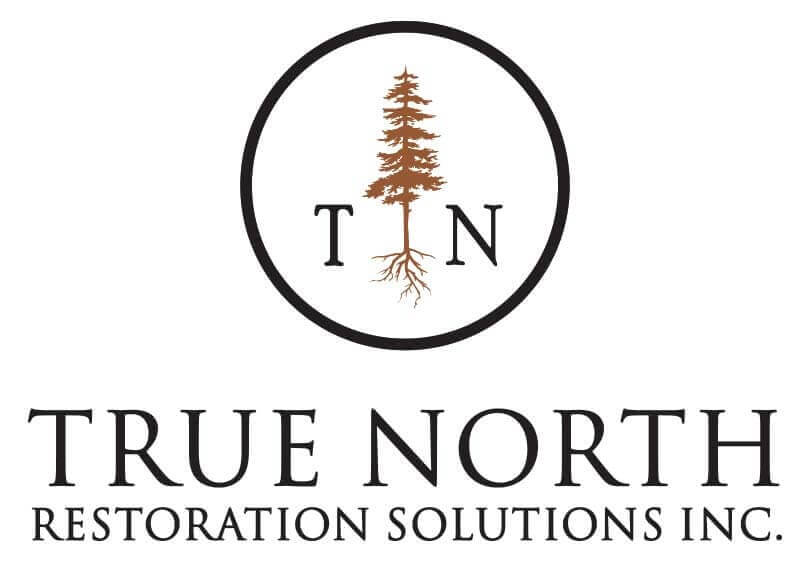Do Log Cabins Rot?
The Beauty of Log Cabins
There’s something undeniably charming about log cabins. These rustic structures evoke a sense of nostalgia, taking us back to a simpler time when life moved at a slower pace. Log cabins have been a part of our architectural heritage for centuries, and their enduring appeal lies in their natural beauty and cozy ambiance. However, as captivating as log cabins may be, they are not immune to the ravages of time and nature. Like any other structure, log cabins are susceptible to rot, a process that can compromise their structural integrity and visual appeal.
Understanding Log Cabin Rot
Rot in log cabins is primarily caused by fungi, which thrive in damp and humid environments. These microscopic organisms feed on the cellulose and lignin present in wood, gradually breaking down the material and causing it to decay.
Common Signs of Log Cabin Rot
- Discoloration or staining on the log surfaces
- Crumbling or cracking of the logs
- Soft or spongy areas on the log surface
- Presence of fungal growth or mushrooms
Factors Contributing to Log Cabin Rot
- Moisture: Excess moisture is the primary culprit when it comes to log rot. Logs that are exposed to prolonged dampness, whether from leaks, poor drainage, or high humidity, become prime targets for fungal growth.
- Poor Ventilation: Inadequate ventilation can trap moisture inside the log cabin, creating the perfect breeding ground for fungi and accelerating the rot process.
- Lack of Maintenance: Regular maintenance, such as cleaning, sealing, and treating the logs, is crucial to preventing rot. Neglecting these tasks can leave the logs vulnerable to decay.
- Insect Infestations: Certain insects, like termites and carpenter ants, can also contribute to log cabin rot by creating entry points for moisture and fungi.
Preventing and Addressing Log Cabin Rot
While log rot is a serious concern, there are measures you can take to prevent and address this issue.
Prevention Strategies
- Ensure proper drainage and ventilation systems are in place.
- Regularly inspect and maintain the logs, addressing any signs of damage or decay promptly.
- Apply log preservatives and sealants to protect the wood from moisture and fungi.
- Consider installing a vapor barrier to prevent moisture buildup within the walls.
- Keep the surrounding area clear of debris and vegetation that could trap moisture against the logs.
Restoration and Repair
If your log cabin has already been affected by rot, it’s essential to address the issue promptly to prevent further damage. Depending on the extent of the rot, log home restoration and repair options may include:
- Replacing damaged logs or sections
- Treating the affected areas with fungicides and wood preservatives
- Addressing underlying moisture issues (e.g., fixing leaks, improving drainage)
- Seeking professional assistance from log cabin restoration experts
FAQs
Can log cabin rot be stopped once it starts?
Yes, log cabin rot can be stopped by addressing the underlying moisture issues and treating the affected areas with appropriate products and techniques. However, prompt action is crucial to prevent further spread.
How often should log cabins be inspected for rot?
It’s recommended to inspect log cabins at least once a year, paying close attention to areas prone to moisture accumulation, such as corners, joints, and areas near the ground.
Can rot affect the structural integrity of a log cabin?
Absolutely. If left unchecked, rot can weaken the logs, compromising the structural integrity of the log cabin and potentially leading to safety hazards.
Is it better to replace or repair rotted logs?
The decision to replace or repair rotted logs depends on the extent of the damage. Minor rot may be addressed through targeted repairs, while extensive rot may necessitate log replacement for long-term structural stability.
Choose Experienced Professionals for Log Cabin Restoration
If you’re facing log cabin rot issues, it’s essential to seek the expertise of experienced professionals like True North Restoration in Ontario. With over 30 years of experience, owner Brad Schultz and his team specialize in log cabin restoration, ensuring your beloved log cabin regains its structural integrity and visual appeal.
About the Author
Brad Schultz is the owner and founder of True North Restoration, a company dedicated to preserving and restoring log cabins in Ontario, Canada. With over three decades of experience in the industry, Brad and his team have developed a deep understanding of log cabin construction and the unique challenges these structures face. Their commitment to quality workmanship and attention to detail have earned them a reputation as one of the premier log cabin restoration experts in the region. See our GMB to see where we service.
